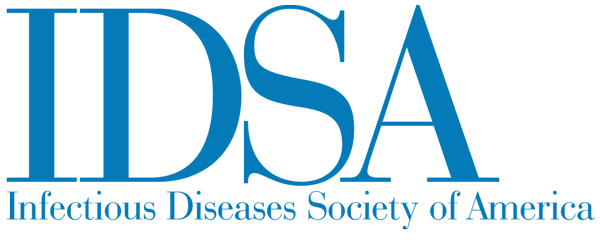AIDS 2018: Series of community-wide HIV household surveys have shown directions, possibilities, PEPFAR leader says
Facebook Twitter LinkedIn Email
Note: This is just a sample blog post with content from the IDSA "science speaks" blog. The page on the new site doesn't need to have the same content from the source URL as "science speaks" blog pages will not be migrated to the new site.
AMSTERDAM – Marking progress toward the goals projected as critical to gaining sustainable control of HIV worldwide, household surveys administered across communities in 15 African countries have shown that reaching the goals of HIV responses remains possible, U.S. Global AIDS Coordinator Amb. Deborah Birx said here Sunday.
Measuring the reach of services supported by the U.S. President’s Emergency Plan for AIDS Relief, Population-Based HIV Impact Assessment surveys offering testing, information and referrals while collecting information on household members’ awareness of HIV status, enrollment in treatment programs for those diagnosed with the virus, and viral load levels that demonstrate effectiveness of the treatment. Beginning in November 2015 in Malawi, Zambia, and Zimbabwe, with data held up against UNAIDS targets of 90 percent of people living with the virus knowing it, 90 percent of them accessing treatment, and treatment suppressing viruses in 90 percent of them by 2020, the surveys have identified specific gaps, helping PEPFAR to continue to improve the program, Amb. Birx said. And, in contrast to recent reports questioning possibilities of reaching the goals, the surveys have yielded evidence of promising progress — showing percents of diagnosed, treated and virally suppressed individuals in the hardest hit countries close to, and in some cases exceeding, targets. This is encouraging in an environment that still shows only half of young people, and only one gender –women — reached early, Amb. Birx said. With a coming “youth wave” in Africa projected to last into the next 30 years, addressing those gaps will be essential, Amb. Birx said. But she added, “dramatic impact is possible if core policies are adapted and quickly evolve.”
That includes policies allowing the imposition of user fees for health services, she said. “User fees discriminate against the board,” she said. “You can’t have adherence if you have fees to have your blood drawn.”


